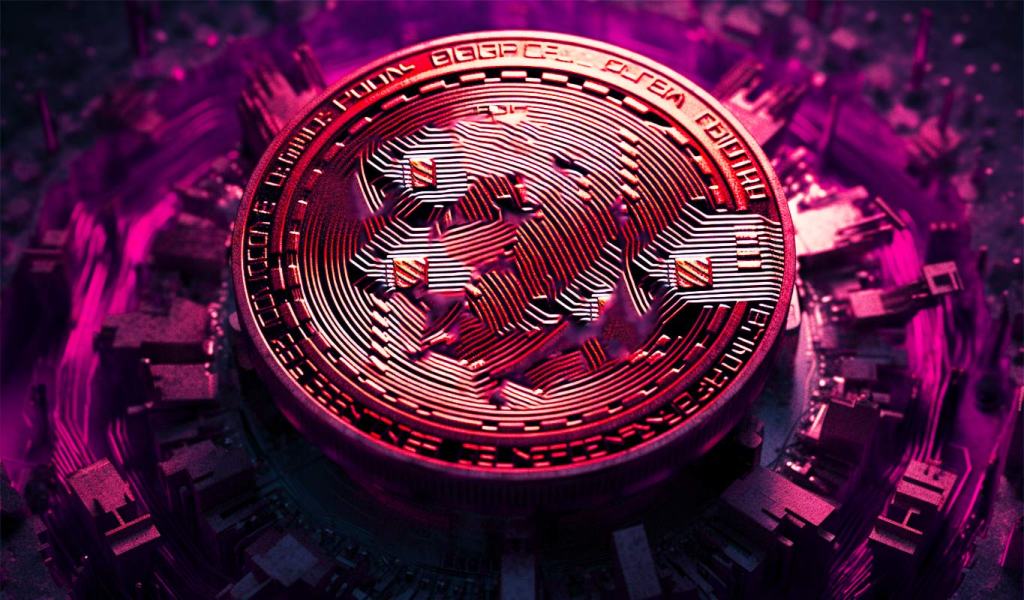
New Cardano algorithmic stablecoin evokes old fears for the community

“I thought we already figured this out, algorithmic stablecoins, not the best option,” a community member wrote on Twitter.
With the new announcement that Cardano is on its way to release an algorithmic stablecoin in 2023, various community members expressed concerns, comparing the project to Terra USD (UST), which caused great losses within the crypto space in 2022.
According to its developers, the stablecoin project Djed will be pegged to the U.S. dollar and backed by Cardano (ADA). Apart from this, it will be using another token as its reserve coin. The project highlighted that it will be overcollateralized and will have on-chain proof-of-reserves.
Despite the assurances given by the team, various community members expressed concerns, with some bringing the recently collapsed UST to the conversation.
One community member was seemingly confused as to why another algorithmic stablecoin has come out despite Terra showing that they could go wrong. “I thought we already figured this out, algorithmic stablecoins, not the best option,” they wrote. Meanwhile, another Twitter user mentioned that they would rather keep using Tether (USDT). According to the community member, algorithmic stablecoins already proved that they are not stable.
Cointelegraph reached out to Djed but did not get a response.
Related: UST aftermath: Is there any future for algorithmic stablecoins?
With concerns spurred by the advent of Djed coming out, Cointelegraph asked some of the major stablecoin projects if algorithmic stablecoin projects still have the potential to succeed despite the example shown by Terra USD.
In a statement, Tether told Cointelegraph that stablecoin projects like Terra had mechanisms designed to achieve stability, but failed in the end. The team explained that:
“Unlike collateralized stablecoins where each coin is fully backed by collateral, algorithmic stablecoins attempt to maintain their value via various market operations that have frequently been broken down dramatically.”
Meanwhile, USD Coin (USDC) issuer Circle told Cointelegraph in a statement that algorithmic stablecoins with complex collateralization structures and technological stabilization mechanisms do not have the same utility value as full-reserve, regulated dollar assets. “The collapse of Terra earlier this year underscored that not all stablecoins are created equal,” they said.
Go to Source
Author: Ezra Reguerra








